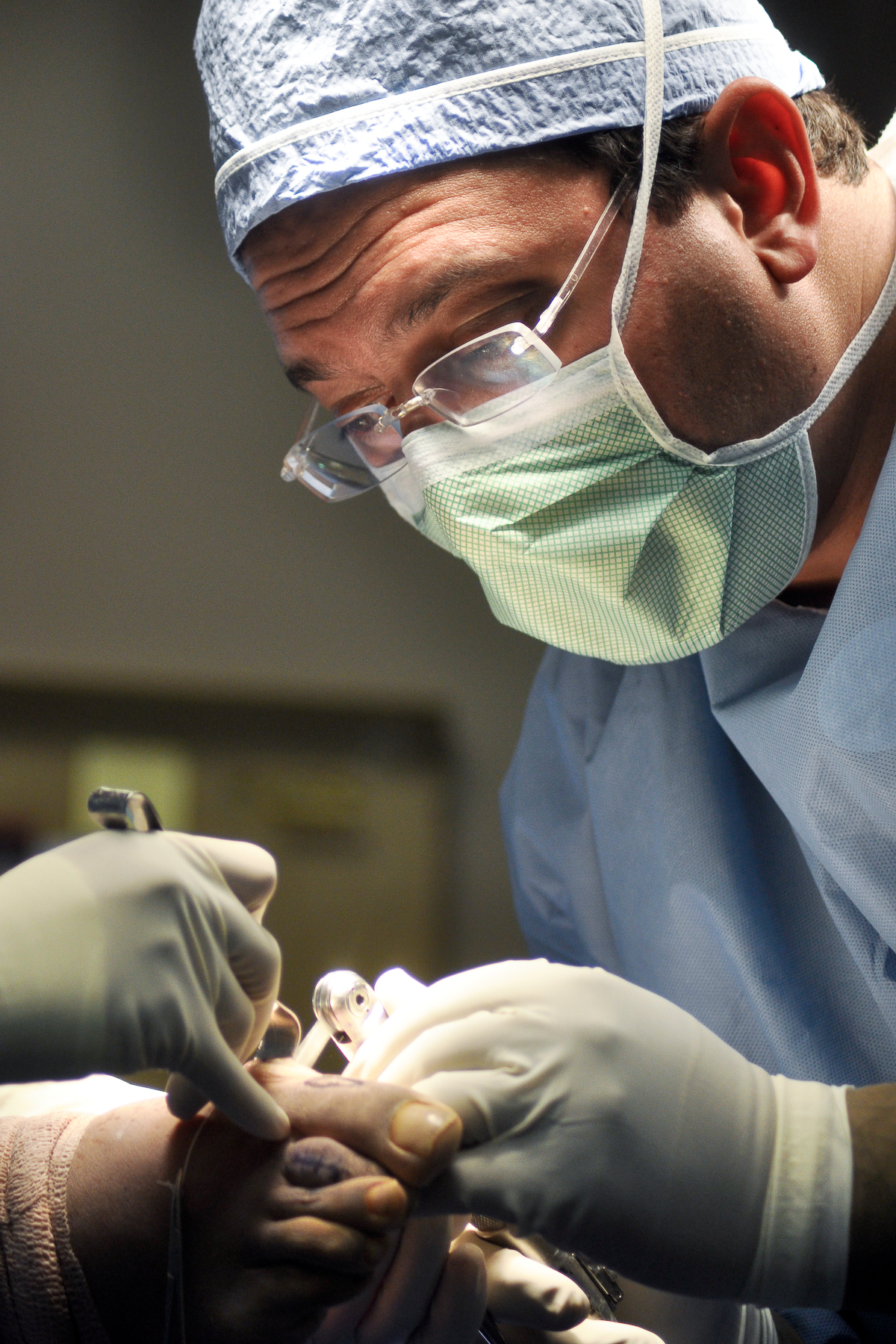|
Pedobarography
Pedobarography is the study of pressure fields acting between the plantar surface of the foot and a supporting surface. Used most often for biomechanical analysis of gait and posture, pedobarography is employed in a wide range of applications including sports biomechanics and gait biometrics. The term 'pedobarography' is derived from the Latin: ''pedes'', referring to the foot (as in: pedometer, pedestrian, etc.), and the Greek: ''baros'' meaning 'weight' and also 'pressure' (as in: barometer, barograph). History The first documented pedobarographic study was published in 1882 and used rubber and ink to record foot pressures. Numerous studies using similar apparatus were conducted in the early- and mid-twentieth century, but it was not until the advent of the personal computer that electronic apparatus were developed and that pedobarography became practical for routine clinical use. It is now used widely to assess and correct a variety of biomechanical and neuropathic disorders. ... [...More Info...] [...Related Items...] OR: [Wikipedia] [Google] [Baidu] |
Pedobarography
Pedobarography is the study of pressure fields acting between the plantar surface of the foot and a supporting surface. Used most often for biomechanical analysis of gait and posture, pedobarography is employed in a wide range of applications including sports biomechanics and gait biometrics. The term 'pedobarography' is derived from the Latin: ''pedes'', referring to the foot (as in: pedometer, pedestrian, etc.), and the Greek: ''baros'' meaning 'weight' and also 'pressure' (as in: barometer, barograph). History The first documented pedobarographic study was published in 1882 and used rubber and ink to record foot pressures. Numerous studies using similar apparatus were conducted in the early- and mid-twentieth century, but it was not until the advent of the personal computer that electronic apparatus were developed and that pedobarography became practical for routine clinical use. It is now used widely to assess and correct a variety of biomechanical and neuropathic disorders. ... [...More Info...] [...Related Items...] OR: [Wikipedia] [Google] [Baidu] |
Anthropometry
Anthropometry () refers to the measurement of the human individual. An early tool of physical anthropology, it has been used for identification, for the purposes of understanding human physical variation, in paleoanthropology and in various attempts to correlate physical with racial and psychological traits. Anthropometry involves the systematic measurement of the physical properties of the human body, primarily dimensional descriptors of body size and shape. Since commonly used methods and approaches in analysing living standards were not helpful enough, the anthropometric history became very useful for historians in answering questions that interested them. Today, anthropometry plays an important role in industrial design, clothing design, ergonomics and architecture where statistical data about the distribution of body dimensions in the population are used to optimize products. Changes in lifestyles, nutrition, and ethnic composition of populations lead to changes in the distr ... [...More Info...] [...Related Items...] OR: [Wikipedia] [Google] [Baidu] |
Time Series
In mathematics, a time series is a series of data points indexed (or listed or graphed) in time order. Most commonly, a time series is a sequence taken at successive equally spaced points in time. Thus it is a sequence of discrete-time data. Examples of time series are heights of ocean tides, counts of sunspots, and the daily closing value of the Dow Jones Industrial Average. A time series is very frequently plotted via a run chart (which is a temporal line chart). Time series are used in statistics, signal processing, pattern recognition, econometrics, mathematical finance, weather forecasting, earthquake prediction, electroencephalography, control engineering, astronomy, communications engineering, and largely in any domain of applied science and engineering which involves temporal measurements. Time series ''analysis'' comprises methods for analyzing time series data in order to extract meaningful statistics and other characteristics of the data. Time series ''forecasting' ... [...More Info...] [...Related Items...] OR: [Wikipedia] [Google] [Baidu] |
Walking
Walking (also known as ambulation) is one of the main gaits of terrestrial locomotion among legged animals. Walking is typically slower than running and other gaits. Walking is defined by an 'inverted pendulum' gait in which the body vaults over the stiff limb or limbs with each step. This applies regardless of the usable number of limbs—even arthropods, with six, eight, or more limbs, walk. Difference from running The word ''walk'' is descended from the Old English ''wealcan'' "to roll". In humans and other bipeds, walking is generally distinguished from running in that only one foot at a time leaves contact with the ground and there is a period of double-support. In contrast, running begins when both feet are off the ground with each step. This distinction has the status of a formal requirement in competitive walking events. For quadrupedal species, there are numerous gaits which may be termed walking or running, and distinctions based upon the presence or absence of ... [...More Info...] [...Related Items...] OR: [Wikipedia] [Google] [Baidu] |
Podiatry
Podiatry () or podiatric medicine () is a branch of medicine devoted to the study, diagnosis, medical and surgical treatment of disorders of the foot, ankle, and leg. A Doctor of Podiatric Medicine (DPM), or a podiatrist, is a healthcare professional who diagnoses and treats conditions affecting the structures of the foot, ankle, and leg. The US podiatric medical school curriculum includes lower extremity anatomy, general human anatomy, physiology, general medicine, physical assessment, biochemistry, neurobiology, pathophysiology, genetics and embryology, microbiology, histology, pharmacology, women's health, physical rehabilitation, sports medicine, research, ethics and jurisprudence, biomechanics, general principles of orthopedic surgery, and foot and ankle surgery. Podiatry is a high-paying specialization and was listed by ''Forbes'' in 2007 as the 15th-best-paid profession in the United States. The median annual salary of a podiatrist in the US was $124,830 in 2016 acc ... [...More Info...] [...Related Items...] OR: [Wikipedia] [Google] [Baidu] |






